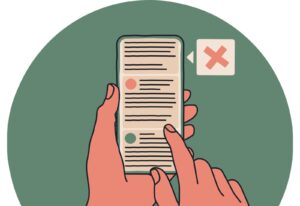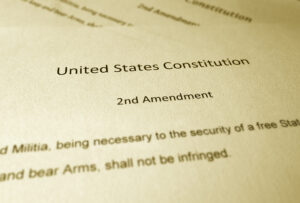One thing to know about litigation is that timing is everything. Many clients that come to us are unaware that the process of litigating is governed by a series of statutorily-defined deadlines and schedules. Failing to abide by those deadlines can have huge effects on a litigant’s position in a lawsuit. One of the worst positions someone can find themselves in is “in default,” which ultimately triggers a cut-off of a defendant’s rights to defend itself until a default judgment is entered.
Phase 0.5: Being “In Default”
A defendant is technically “in default” if they fail to file an answer or any other permitted response to a complaint within the time allowed by law (typically, 30 days within being personally served). Being in default doesn’t really have any legal consequence in and of itself. The court can’t refuse to accept a response even if it’s a few days late – the defendant can appear until the clerk has entered the default (which is step 1 defined below).
As a side note, a response filed after the deadline can be challenged by a motion to strike. But these are generally not granted because, by not requesting entry of default, the law generally views this as a situation in which the plaintiff has allowed the defendant further time to respond.
Phase 1: The Entry of Default
Once a defendant is in default, the plaintiff must request the court clerk to make a formal entry of default. In California, the plaintiff needs to make this request within ten days of the missed deadline. Importantly, entry of default instantly cuts off a defendant’s right to appear in the action.
The defendant is now what we call “out of court.” That defendant no longer has any right to participate in the case until (a) its default is “set aside” and it can then respond, or (b) a default judgment is entered. In the latter case, the defendant cannot even participate in the prove-up hearing to challenge the default judgment. This is because by defaulting, the law deems the defendant to have admitted the material allegations of the complaint. It has to wait for the default judgment to be entered, and then appeal. This is the worst position to be in.
Phase 2: The Default Judgment
After the default is entered, the plaintiff then may apply for a default judgment. This needs to be done within 45 days after entry of default. In California, this breaks down into two types of default judgments:
- Clerk judgment: in more simple cases pursuing a fixed amount of money, the clerk can enter a default judgment without any judicial hearing.
- Court judgment: in other cases, where the plaintiff may need to “prove up” the default, a court hearing is necessary.
If the plaintiff is successful in obtaining a default judgment, that’s it – the defendant now has a judgment entered against it without being able to do a single thing about it. The defendant now faces the costly options of (a) appealing, or (b) trying to reach a settlement with a party that already has a full judgment against it (not a great negotiation position).
The above is a primer on what the default judgment process is. If you find yourself or your company served with a lawsuit, please act on it quickly – engage with experienced litigators who can strategize options with you and ensure you don’t find yourself in arguably the worst position possible in litigation.
Need Help With California Cannabis Law?

























